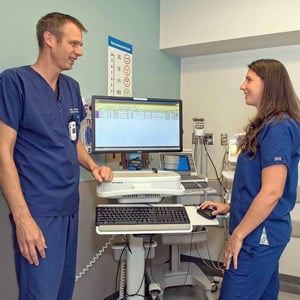
If you’re an ER Nurse or you’ve been to the ER for treatment, you know timing is everything. I remember when my son was at camp and we received a call that we should pick him up and take him to the ER due to a deep cut that needed stitches. Fortunately the camp was only 45 minutes away. It was around 10:30pm when we picked him up and as we drove from camp to the ER we wondered, like anyone traveling to the ER, what’s the wait time going to be until my son gets treated? Will we be there all night? We were very lucky. Our local hospital’s ER this particular evening was practically empty. Whew!
We all know this is usually not the case, and in large cities, never the case. Here’s an interesting article about how Reading Hospital in PA reduced their wait time in the ER.
Nationwide hospitals are more frequently being overcrowded with longer wait times. Reading Hospital faces the same struggles in their emergency department with an annual patient volume of over 130,000, more than 20,000 admissions and 300-500 ED patients daily, the Level II trauma center in Reading, Penn. sees its fair share of people come through their doors.
Emergency department overcrowding is not limited to this one facility. Mary Bilotta, MSN, RN, AGCNS-BC, CEN, emergency division clinical nurse specialist, stated, "Availability to access providers is not always easy." Limited office hours send patients to the ED when they would otherwise go to their primary care physician. When they do go to the PCP, the doctor sometimes sends them to the emergency department for routine tests or evaluation. The extra patients clog the system and increase the wait times for everyone.
Information Overload
Google is a double-edged sword for health data. The public can easily access information on the internet, which means they search for their symptoms and come looking for sometimes specific treatment. The instant gratification of the internet age rears its head as patients go from Googling to the hospital doors. Vanessa Hetrick, BSN, RN, CEN, staff nurse, emergency department, said, "When I take care of patients, they say, 'I don't have time to wait for my PCP, so I come to the emergency department.' "
The emergency nurses and physicians treat everyone who presents for care. Timothy Marks, RN, MSN, CEN, NE-BC, division director, emergency services, explained, "Emergency departments are the safety net for the healthcare of the community. We take care of everyone who comes through our doors. We take this responsibility very seriously but at times the volume of patients exceeds the available resources." Treating all those patients exhausts both resources and clinicians.
Reading Hospital knew something had to be done, for the sake of their community and their healthcare professionals. They began a concentrated effort to improve time management in the emergency department and decrease wait times for patients.
Marks said, "We had that multi-level support because, among many factors, we had dissatisfied patients leaving without care." That was a risk to the community. The chief nursing officer, chief medical officer, chief operating officer and other high-level executives participated in discussions with frontline staff. When there is buy-in from the C-Suite, they found, more staff want to be involved and achieve results.
All Hands on Deck
Charles F. Barbera, MD, MBA, FACEP, chairman, department of emergency medicine, noted, "It was seen not as an ED problem, but a hospital program. We're a microcosm of all the programs in the hospital."
While everything comes to a head in the emergency department, leadership recognized all blame can't be placed there. They tackled the issue with a no fault approach. The CNO and CMO supported a process improvement plan and put nurses and physicians in charge. We created an ED-to-acute care sub-committee to face the challenge of long emergency department throughput times head on.
To begin the transformation, the sub-committee came up with guidelines, some of which were referenced from the Emergency Nurses Association, which included streamlining the triage process to include minimal questions. A greeter nurse meets patients and guides them to the right area for more timely treatment. Immediate bedding was implemented whenever an available treatment space existed. Involving the frontline staff in decision making about their work, usually trims minutes from the process. Marks added, "We took a hard look at how we staff in the emergency department." How could they remain fluid and still meet patient needs?
When they started the improvements in 2013, the average throughput time in the emergency department at Reading Hospital for admitted patients was 6 hours. The current throughput time is 4.5 hours. The25% reduction was the result of teamwork and an examination of three areas where improvements were needed most.
Triple Threat
A few years ago, getting patients out of the ED and to a hospital bed seemed to take forever. They asked themselves, how can we shave off time? Nurses on the floors get notification from the computer system that they are receiving a new patient and are encouraged to review the newly staff built , streamlined report of pertinent information. The bed assignment, in some cases, triggers an automatic dispatch of the transport team to move the patient. "When we first started, we had a timer on our board that starts when a bed is assigned," said Hetrick. The board shows a green happy face. If the patient is not moved within defined timeframes, the face turns sad from yellow and subsequently red.
That effort ties into another prong of the approach-improved electronic medical records. "We leveraged technology to make it work in our favor," Barbera explained. For instance, shortcuts in the EMR were developed for certain recurring diagnoses among ED patients.
Hetrick added, "We optimized our standard protocols for chest pain, for example, and we can start the treatment process right away without calling a provider." The streamlined EMR system lets the ED staff talk to the whole hospital in a sort of universal language. She continued, "The flow is so much easier now that everyone can see the same thing. By keeping the patients and families at the center of what we do, we all are a team. It's not this department versus that department."
One process change for patients was having a Front End Provider present in triage at peak times to interpret EKGs within ten minutes of arrival and start the care process. As a result, the hospital has a door-to-balloon time for patients experiencing a STEMI time of about 40 minutes.
Collaboration between different members of the inter-professional team is the name of the game in the third prong of the approach. With a patient-centered admissions philosophy, emergency department physicians and hospitalists work in parallel. The ED physician used to spend time proving the patient couldn't go home. Now, hospitalists are brought into the loop right away, especially with complex patients. There are at least two hospitalists stationed in the ED, the hospitalists determine what the patient needs to get the right level of care.
With everyone accountable for their departments, things run a lot smoother. "It has to be a collaborative effort," reminded Bilotta. With this focus, Reading Hospital increased patient and community satisfaction while making care more efficient.
Related Articles:


 It seems that Google is involved in just about everything these days! Here’s the latest announcement. The American Heart Association is teaming up with Google on a project for heart health and conquering heart disease. Hopefully their huge investment will yield some promising results for everyone.
It seems that Google is involved in just about everything these days! Here’s the latest announcement. The American Heart Association is teaming up with Google on a project for heart health and conquering heart disease. Hopefully their huge investment will yield some promising results for everyone. More accurate due dates are something both mother and medical professionals want. But is it something possible to achieve? Ultrasound scans are helpful but they can only give an estimate date.
More accurate due dates are something both mother and medical professionals want. But is it something possible to achieve? Ultrasound scans are helpful but they can only give an estimate date.  Nurses have heard it before, "Can you not talk about gross stuff at the dinner table?" But Nurses can't help it when the most disgusting things are completely normal in their everyday lives. They become desensitized to topics like body fluids, infections, and smells and sounds.
Nurses have heard it before, "Can you not talk about gross stuff at the dinner table?" But Nurses can't help it when the most disgusting things are completely normal in their everyday lives. They become desensitized to topics like body fluids, infections, and smells and sounds.
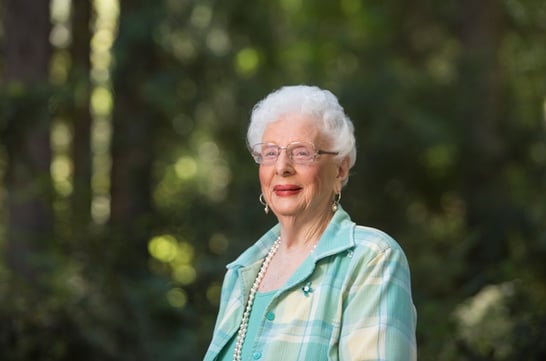 Most of us have heard of macular degeneration, which eventually robs people of their eyesight. But, have you heard about a new procedure done at UC Davis Medical Center that has restored a woman’s eyesight? The patient led a very interesting career for 40+ years and started losing her eyesight shortly after retirement. Due to a new technology, she can now see her friends and family’s faces, read and enjoy the beautiful sights around her.
Most of us have heard of macular degeneration, which eventually robs people of their eyesight. But, have you heard about a new procedure done at UC Davis Medical Center that has restored a woman’s eyesight? The patient led a very interesting career for 40+ years and started losing her eyesight shortly after retirement. Due to a new technology, she can now see her friends and family’s faces, read and enjoy the beautiful sights around her.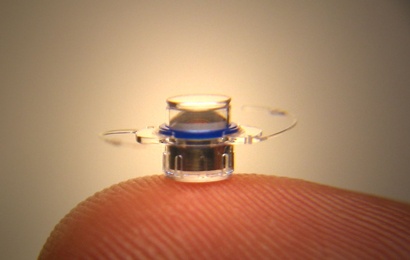 In a first-of-its-kind procedure for Northern California, UC Davis doctors implanted a pea-sized telescope in Bane’s eye, gradually restoring her ability to see faces, colors and print. Today the 92-year-old still enjoys reading, seeing friends and living independently – thanks to both her pioneering spirit and what she fondly calls her “bionic eye.”
In a first-of-its-kind procedure for Northern California, UC Davis doctors implanted a pea-sized telescope in Bane’s eye, gradually restoring her ability to see faces, colors and print. Today the 92-year-old still enjoys reading, seeing friends and living independently – thanks to both her pioneering spirit and what she fondly calls her “bionic eye.”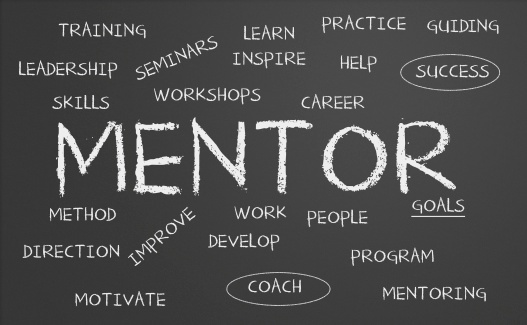 Here’s an interesting article about how to make the mentor/mentee relationship work through a
Here’s an interesting article about how to make the mentor/mentee relationship work through a 
 As the Nursing shortage continues so does the need for Nurse Educators. We thought you’d enjoy this article
As the Nursing shortage continues so does the need for Nurse Educators. We thought you’d enjoy this article 
 As Nurses, a big part of your job is empathy for your patients and their families. You’re so good at understanding what your patients are going through because you care and this I think, is primarily why you decided to become a Nurse – to help people and lend a sympathetic ear. You educate, show compassion, love and understanding every day. You are amazing!
As Nurses, a big part of your job is empathy for your patients and their families. You’re so good at understanding what your patients are going through because you care and this I think, is primarily why you decided to become a Nurse – to help people and lend a sympathetic ear. You educate, show compassion, love and understanding every day. You are amazing! 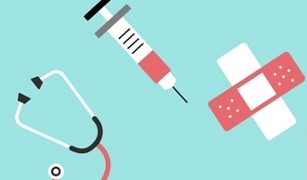 According to projections from the Bureau of Labor Statistics by 2022 there will be an increase in the number of Registered Nurses of 526,800. That is over half a million! This means lots of
According to projections from the Bureau of Labor Statistics by 2022 there will be an increase in the number of Registered Nurses of 526,800. That is over half a million! This means lots of 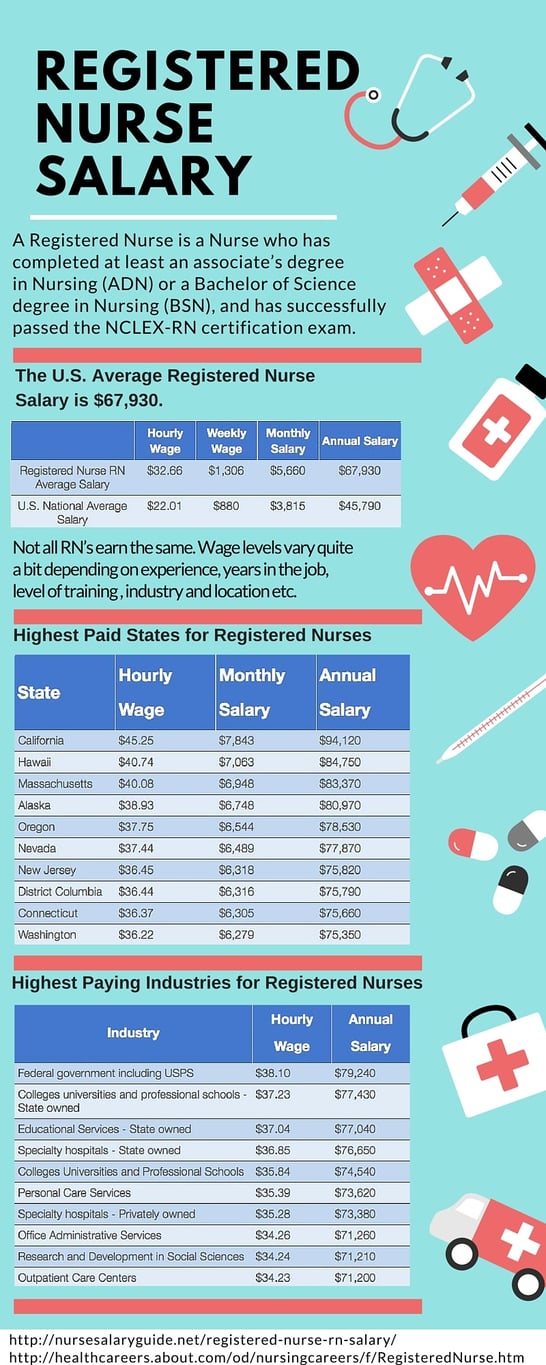

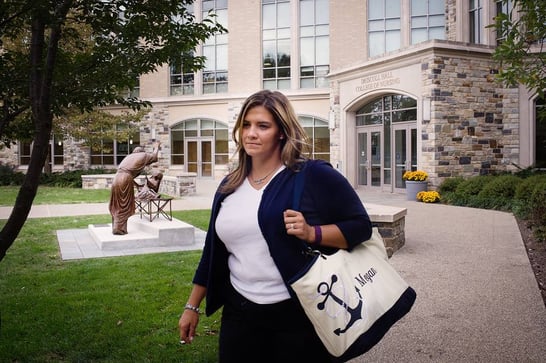 Education, education, education… you’ve heard about the importance of a good education all of your life. It’s right up there with buying a house, where location, location, location is the mantra. This article explains what hospitals and health systems are looking for when hiring Nurses and why a BSN degree or higher is important.
Education, education, education… you’ve heard about the importance of a good education all of your life. It’s right up there with buying a house, where location, location, location is the mantra. This article explains what hospitals and health systems are looking for when hiring Nurses and why a BSN degree or higher is important. 
